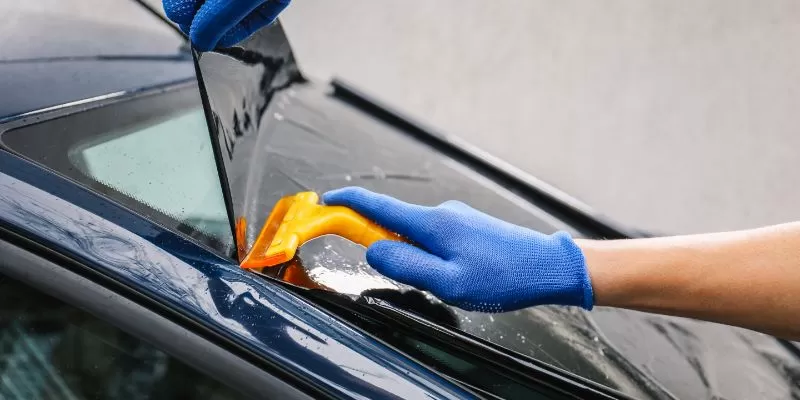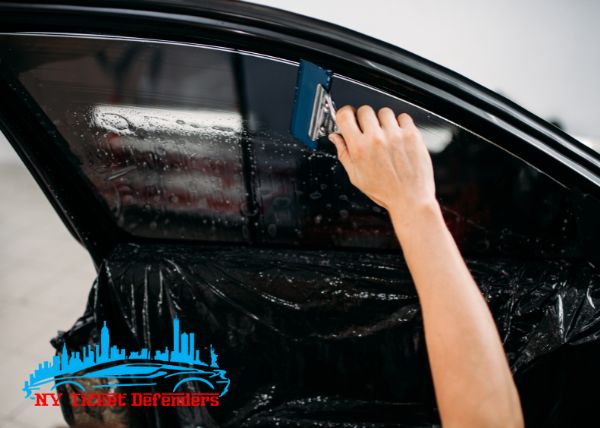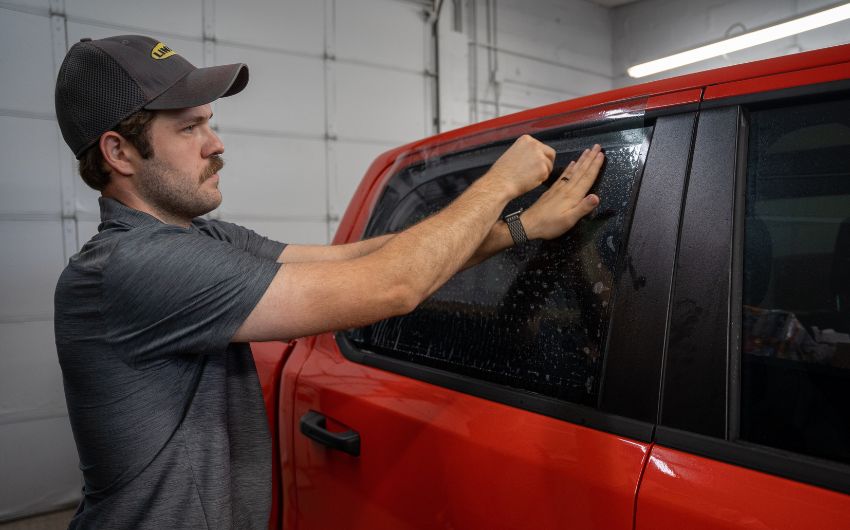Economical Vehicle Window Tinting for each Lorry Type
Home Window Tinting Regulations and Standards: What You Required to Know Prior To Tinting Your Cars And Truck
Prior to continuing with home window tinting for your car, it is crucial to familiarize yourself with the varied legislations and guidelines that govern this practice across different states. These laws dictate the allowable levels of tint darkness, typically measured by noticeable light transmission (VLT) percents, and consist of specific stipulations for front windscreens intended at guaranteeing road safety and security.
Overview of Home Window Tinting Regulations
Home window tinting laws are frequently based on variant throughout different jurisdictions, showing regional guidelines and safety factors to consider. These regulations determine the permitted levels of color darkness and reflectiveness on lorry windows, guaranteeing that motorists keep adequate exposure while also safeguarding versus dangerous UV rays and warmth.
A lot of regulations categorize window tinting based on the Visible Light Transmission (VLT) percent, which indicates the quantity of light that can pass via the window. Generally, reduced VLT percentages represent darker colors. Regulations often separate in between the front, side, and back windows, with more stringent limitations used to the front windshield to boost security for both the vehicle driver and various other roadway individuals.
Additionally, some territories enforce constraints on the reflectivity of the color, avoiding extreme glare that can impair exposure. Exemptions to these legislations may exist for people with specific medical conditions calling for additional sun security. Compliance with window tinting guidelines is important, as offenses can result in penalties, necessary elimination of the color, and potential increases in insurance coverage premiums. It is crucial for car owners to acquaint themselves with regional legislations before proceeding with home window tinting installments.
State-by-State Color Regulations
Comprehending the specific window tinting guidelines in each state is important for automobile owners seeking to abide by the regulation. Each state in the U.S. has established its very own set of guidelines controling home window tinting, which can differ considerably. These policies frequently dictate the allowable degrees of color darkness, the kinds of home windows that can be tinted, and any medical exceptions that might apply.
For example, states like The golden state have strict restrictions on color darkness for front home windows, while others, such as New Mexico, might allow darker tints. Additionally, particular states mandate specific presence portions for different windows, including the windshield, front side windows, and back windows. It is essential for car proprietors to acquaint themselves with their state's regulations to avoid prospective fines or penalties.
Moreover, some states might require an accreditation sticker to be put on tinted home windows, suggesting compliance with state laws. Failure to abide by these guidelines not only takes the chance of lawful effects however can additionally impact safety and presence while driving. As a result, car owners must perform extensive study or seek advice from local authorities to make certain full understanding and conformity with state-by-state tint regulations.
Allowed Color Types and degrees
Lots of vehicle owners may be shocked to discover that allowed color levels and kinds vary extensively across various states. Each state has actually established its own regulations pertaining to the permissible darkness and reflectivity of home window color, usually gauged by Visible Light Transmission (VLT) percentages. VLT describes the quantity of light that can travel through the tinted windows; thus, a reduced percentage indicates a darker Check This Out tint.

Furthermore, the kinds of tint materials enabled can differ, with some states banning metal or mirror-like surfaces. It is vital for automobile owners to familiarize themselves with their state's details laws to make sure conformity. Non-compliance can result in penalties, obligatory removal of the tint, or other legal effects, making it imperative to understand these regulations before waging installment.
Medical Exemptions for Tinting
While not all states provide allowances for medical exemptions concerning home window tinting, those that do recognize the requirement for details individuals to boost visibility and convenience due to clinical problems. Different clinical problems, such as lupus, skin cancer, and specific eye disorders, can make individuals especially delicate to sunlight. These people may call for darker colors to protect themselves from hazardous UV rays and glow.

It is necessary to keep in mind that despite a medical exception, there may still be limitations on the level of color permitted. Conformity with state regulations makes certain that individuals are both secured and within legal limits. Those taking into consideration clinical exemptions should call their regional Division of Electric motor Cars or equivalent authority to understand the treatments and requirements necessary to look for an exemption properly.
Fines for Non-Compliance
Failing to abide by home window tinting laws can bring about considerable fines, which vary by state. Police are encouraged to issue citations for vehicles that do not stick to the defined tinting regulations. These charges commonly consist Read More Here of penalties, which can vary from moderate total up to a number of hundred bucks, depending upon the intensity of the infraction and the state in concern.
In some territories, duplicated offenses may result in rising penalties or additional penalties, such as compulsory court appearances. Additionally, non-compliance might demand the elimination of illegal tinting, commonly at the proprietor's cost. In severe situations, regular offenders might encounter suspension of their vehicle registration till compliance is accomplished.
Additionally, insurance policy effects might occur from getting several citations for home window color violations. Insurance firms might watch such offenses as an indication of riskier behavior, possibly resulting in boosted premiums or problem in protection.
To avoid these penalties, it is important for vehicle owners to acquaint themselves with their neighborhood home window tinting regulations and guarantee that their vehicle complies (Window Tinting). This proactive approach not only stays clear of lawful ramifications but additionally advertises roadway safety and security
Verdict

Most laws classify window tinting based on the Visible Light Transmission (VLT) percent, which shows the quantity of light that can pass with the window. Conformity with window tinting guidelines is critical, as infractions can result in fines, obligatory elimination of the color, and possible increases in insurance costs.Comprehending the particular home window tinting laws in each state is essential for vehicle proprietors looking for to abide with the law. These laws often determine the permitted degrees of color darkness, the kinds of windows that can be tinted, and any type of medical exceptions that may apply.
For instance, states like The golden state have strict constraints on color darkness for front windows, while others, such as New Mexico, might enable darker tints.